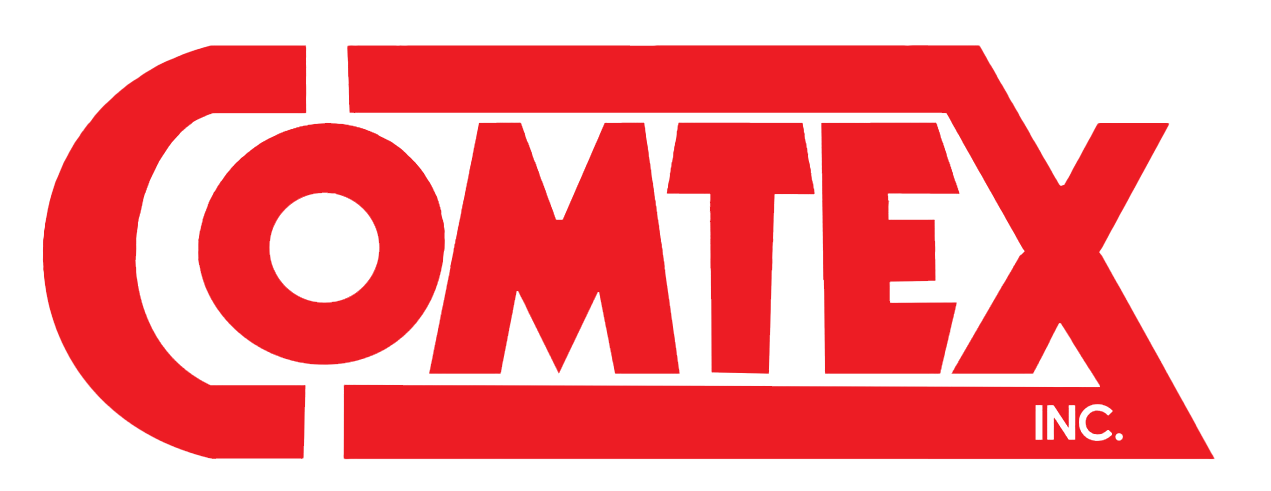Direct inward dialing is a service provided by a dial tone provider to allow an outside caller to directly dial an extension (or group of extensions ex. Dispatch dept.) of an office without the assistance of a receptionist or automated attendant. The carrier typically provides a block of direct inward dial numbers (DID numbers) to the business to be assigned to designated employees or ring groups within a phone system. The company’s PBX or hosted phone system is programmed to recognize the DID being dialed and routes the incoming call to its assigned extension. Some businesses assign DIDs to all employees, some only to certain extensions or divisions. DID service does not require a physical phone line for each telephone number given to the business. In most cases, the carrier provides more phone numbers than trunks.
PRO TIP: Learn more about business telephone systems provider, support and installation services by Comtex. We offer business telephone solutions in Bergen County NJ and beyond!
Direct inward dialing was developed over 40 years ago to allow companies to assign employees a dedicated telephone number without having to pay for a physical phone line for each extension. Prior to DID service, the only way to do this was cost prohibitive; install a trunk for each employee.
A business traditionally had the option to use only analog copper trunks, each having a dedicated telephone number. A company would have several trunks in a hunt group connected to its PBX but only publish the main number. A caller would hear a greeting from an automated attendant or get a live receptionist. In either option, a transfer was required to reach the appropriate recipient. When using analog trunks, when the main number was dialed, and that trunk was in use, the call would “hunt” (roll over) to the next available trunk (that has its own telephone number) in the hunt group. The hunting feature prevents the ability to assign a telephone number to an extension because you never know what trunk the call will ring into the system. The system will not know the number the caller dialed, only the number the call rang into the system, therefore you cannot guarantee that the call will ring at the originally dialed desired extension.
DID service resolved this issue. It was invented as a way to route incoming calls to a specified extension without having to pay for a physical line for each extension. DID service was were first used in connection with a PRI or a T-1 circuit which provided dial tone to a PBX or an on site telephone system controller. A T-1 circuit has 24 channels (lines) and a PRI has 23 channels (lines) for voice communication. For the purpose of this blog, I will refer to both types as a PRI.
Each PRI channel serves as a single telephone trunk/line; it is the same as having 23 separate traditional phone lines, except that traditional analog lines have a dedicated phone number dedicated to each line. The PRI has number(s) assigned to the circuit, not each channel. When the DID is dialed, the call is presented to the circuit and will ring (not really but for simplistic reasons) into the system on any available channel. As long as a channel is available, the call will be received by the phone system and then routed to the desired extension.
Typically a dial tone service provider allocates a single or consecutive range of DID telephone numbers that are within the customer’s area code and local exchange. The customer then assigns each DID to an individual employee; similar to assigning an employee an email address. When an outside caller dials a DID, it rings the employee’s extension, bypassing an automated attendant or operator who must transfer the call to the intended recipient.
It is not uncommon for a company with a PRI to have only 1 main advertised telephone number (which can be considered a DID) but yet have up to 23 employees conducting outside conversations (on 23 trunks) at the same time. In the alternative, you may have more DIDs than channels. A business can utilize 100 telephone numbers (DIDs) but they will only have the ability for 23 employees to conduct an outside call at the same time.
The telecommunications industry is ever evolving. The DID now has an important application in IP communications, including SIP trunking, other IP based dial tone and in connection with hosted phone systems. Session Initiated Protocol (SIP) trunks are similar in concept to a PRI circuit but there is no physical connection to the dial tone carrier. Instead the SIP provider delivers voice services over the internet to its designated end users.
DID service also allows the public switched telephone network (PSTN) users to call people with IP based dial tone and IP telephones. The IP networks assign DIDs to a communications gateway that routes and translates calls between the two networks. The amazing thing is that with all the different types of phone service (PSTN, cellular, circuits, SIP trunking, cable providers, etc.), when you dial a phone number, calls are completed with extreme reliability. I’ll bet Alexander Graham Bell never envisioned the continuing changes over the last century.
Look for our next Blog detailing the Many Benefits of DIDs and the importance of redundancy for the PRI
Conclusion
Comtex offers a variety of solutions for your business. Please take a look at our location below. We offer access control systems, CCTV systems and more.


